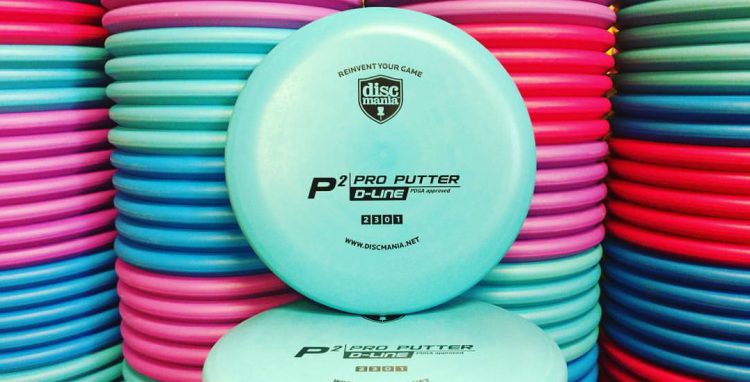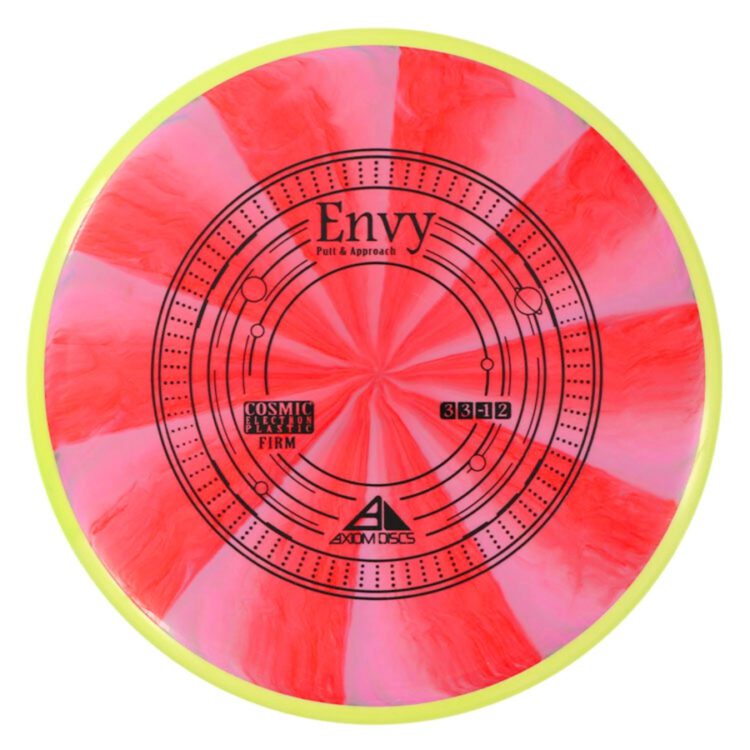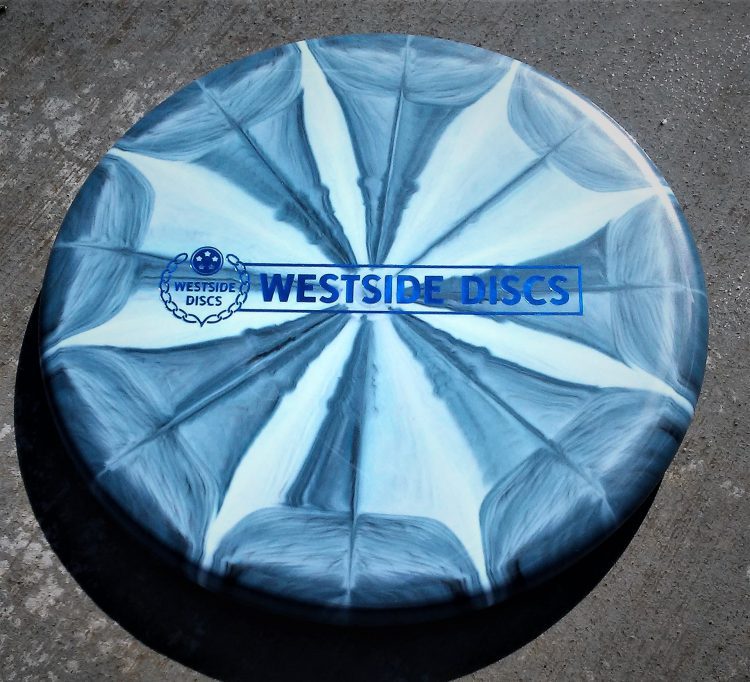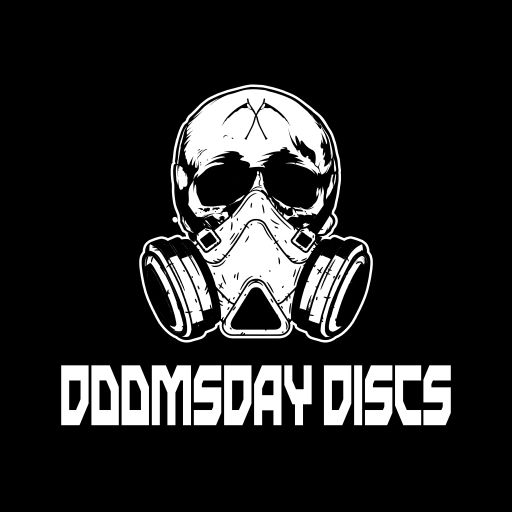Straightest Flying Disc Golf Discs

As you stare down the narrow tree-lined fairway, you consider which disc you should be throwing. You need to go a long way down the fairway, without going too far left or right. Too understable and you kick to the right. Too overstable and you’ll fade too early into the trees. What disc do you choose?
Since course designers try to make us throw a variety of shapes, we need a variety of discs. Discs that can turn or fade the way we want help us navigate the obstacles on the course. However, some holes require a straight shot.
In this blog we’ll talk about straightest flying disc golf discs. We’ll discuss when to use them and which ones you can check out if you’re in the market for a straight-flying disc.
What Does ‘Straight-Flying’ Really Mean?
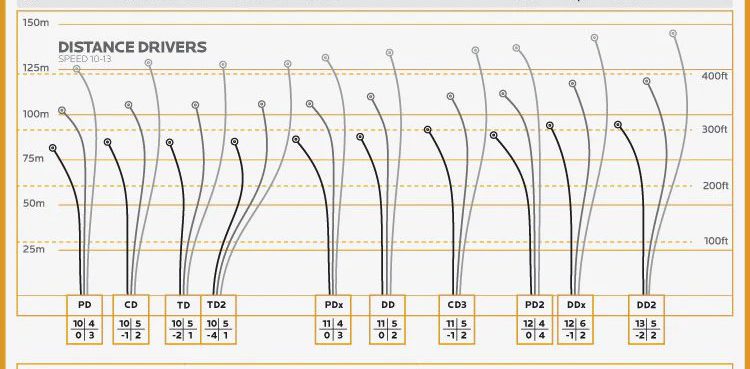
The simple definition of a straight-flying disc is that it doesn’t turn much to the right (RHBH throw) during the fastest part of the flight, and doesn’t fade hard to the left as is slows down. It is the flight you would want to get when faced with a scenario mentioned in the first paragraph.
There is one method of throwing that achieves that desired flight, but includes a decent amount of turn. You might have heard the term ‘flip to flat’. That is where you throw a slightly understable disc, but throw it on a hyzer angle. That way instead of turning to the right, the disc rolls until it is flat, then it holds that straight, flat flight until it starts to slow down.
Why Straight Discs Matter
Straight-flying discs are essential on wooded courses. Although many wooded holes will still require some shot-shaping, there are always times when you just need to keep a straight flight.
In addition to the shots that you just need to go straight, having a straight disc will also help you shape your shots and hit your lines. A straight-flying disc will hold the angle you put it on longer than more overstable or understable molds.
Straight-Flying Putters
A straight-flying putter is one that you can drive or approach with, that is a slower speed and a neutral flight. It won’t have much turn, nor much fade, and it will sit where it lands without skipping.
Here are some examples of some of the most popular straight-flying molds.
Innova Aviar 2, 3, 0, 1

The Aviar is a classic mold from Innova. It has been a popular disc for decades.
Dynamic Discs Warden 2, 4, 0, .5

The beadless Warden is the second putter released by Dynamic Discs over a decade ago. It is one of their straightest discs.
Infinite Discs Tomb 3, 4, 0, 1

The flat-topped Tomb flies straight and is the perfect approach disc for precision shots.
Discmania P2 2, 3, 0, 1

The P2 is an amazing, straight flyer that works for pros and amateurs alike.
Latitude 64 Pure 3, 3, -1, 1

The Pure has a little more turn and fade than other molds on the list. If you can control those, you’ll love how far and straight you can throw a Pure.
Best Straight-Flying Midranges
A midrange with a neutral flight is one of the best discs for shaping shots. If you need a straight flight down a narrow fairway, reach for a straight mid. Need to hold a hyzer/anhyzer? Grab one of the discs below and you’re set.
Discraft Buzzz 5, 4, -1, 1

One of the most popular mid’s in the world, the Buzzz can be thrown hard and will still fly straight. It is available in nearly all Discraft plastic types.
Innova Mako3 5, 5, 0, 0

Several years after Innova released the Mako, they made a slightly different version called the Mako3. It is an amazing mold that can be thrown straight or shaped to meet the demands of the fairway.
Infinite Discs Anubis 5, 5, 0, 0

Infinite Disc’ Anubis will fly long and straight, and gently settle down without fear of big skips or gnarly ground play.
Discmania MD1 5, 6, 0, 0

The MD1 is a new version of the MD that is slightly faster, flatter topped, and can take a little more power. The MD1 will hold as straight as an arrow for as far as you can throw it.
Latitude 64 Fuse 5, 6, -1, 0

Slightly larger than the average disc, the Fuse will hold a line well and have minimal fade.
Best Straight-Flying Fairway Drivers
For longer shots that still need to go straight, a fairway driver would be your best bet. They can be throw flat or at a slight hyzer to achieve a hyzer-flip. With a minimal fade at the end, these molds won’t get a big skip like faster discs.
Discmania FD 7, 6, 0, 1

You’ll find the Discmania FD in the bags of disc golfers of all skill levels. It is one of the best straight-flying fairway drivers.
Innova TL 7, 5, -1, 1

The TeeBird-L (TL) is an easy to control fairway driver that can deliver long straight flights.
Latitude 64 River 7, 7, -1, 1

The River is consistently rated one of the best fairway drivers. Check out the River’s consistent accuracy and high glide!
Axiom Crave 6.5, 5, -1, 1

The first driver in Axiom’s line of discs, the Crave has a lower speed than other discs, but still bombs on straight, long shots.
Dynamic Discs Breakout 8, 5, -1, 1

Described as a slightly understable Escape, the Breakout will fly straight, without sacrificing distance.
Tips for Throwing a Disc Straight
Keep the disc flat, or at a slight hyzer angle for flippier molds, when you release the disc. You may need to slow down your throw so you don’t overpower the disc and turn it over. Get a couple straight molds to practice throwing straight shots, and shaped shots.
Final Thoughts
Most courses have holes that make a long, straight throw necessary. By having a few molds in your bag that fly straight, you’ll be able to attack those holes with confidence. Check out some of the molds listed and spend time practicing with them. You’ll improve your chances of hitting narrow fairways. You’ll also be able to shape your shots for those tricky fairways. Those skills will help shave strokes off your score!
















 The Gator is an overstable, bead-edged beast that thrives in windy conditions and tight lines. It’s technically a midrange, but many players treat it like an approach disc due to its overstability and reliable fade. Plus, it’s a great disc for both backhand and forehand shots.
The Gator is an overstable, bead-edged beast that thrives in windy conditions and tight lines. It’s technically a midrange, but many players treat it like an approach disc due to its overstability and reliable fade. Plus, it’s a great disc for both backhand and forehand shots.


